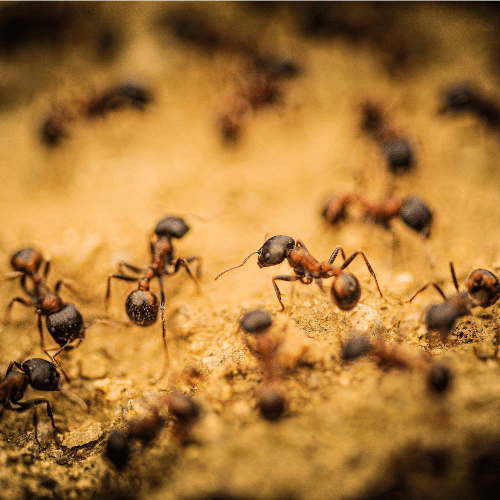
31 May Identifying Different Types of Ants
Identifying Types of Ants for Better Control
Ants are a common household nuisance, especially in South Florida’s warm, humid climate. Identifying the specific type of ant invading your space is crucial for effective control and prevention. As a family-owned organic pest control company, Pest Busterzz is dedicated to helping South Florida residents maintain ant-free homes. This article will guide you through the process of identifying common ant species and implementing effective control measures.
Knowing the type of ant you’re dealing with is the first step toward effective control. Different ant species have unique behaviors, nesting habits, and food preferences. Misidentifying the species can lead to ineffective control methods and persistent infestations. For instance, treatments that work on fire ants might not be effective for carpenter ants.
Ants can cause various problems, from food contamination to structural damage. Some species, like carpenter ants, can damage wooden structures, while others, like fire ants, can pose health risks with their painful stings. Proper identification helps in targeting the specific habits and vulnerabilities of the ant species, leading to more successful eradication and prevention efforts.
Common Ant Species in South Florida
South Florida’s warm climate provides a perfect environment for several ant species. Here’s a closer look at the most common ones:
Carpenter Ants
Carpenter ants are large, usually black or red, and are known for their wood-destroying habits. Unlike termites, carpenter ants do not eat wood but excavate it to create nests. They often nest in moist, decaying wood, making homes with water damage particularly vulnerable. Common nesting sites include wall voids, hollow doors, and window sills.
The presence of sawdust-like frass near wood structures indicates carpenter ant activity. They can cause significant structural damage over time, compromising the integrity of your home. Control measures include locating and treating nests, repairing water leaks, and removing decayed wood. Pest Busterzz uses eco-friendly treatments to target these ants while preserving the environment.
Fire Ants
Fire ants are aggressive, reddish-brown ants that are notorious for their painful stings. They build large mounds in open, sunny areas and are particularly common in lawns and gardens. Fire ant stings can cause severe allergic reactions in some individuals, making them a significant health hazard.
These ants forage for greasy and sugary foods, often invading kitchens and pantries. Effective control includes treating mounds directly with organic insecticides and maintaining a clean yard to discourage nesting. Preventing fire ant infestations involves regular monitoring and immediate treatment of new mounds.
Sugar Ants
Sugar ants, also known as odorous house ants, are small and attracted to sugary foods. They are often found in kitchens, where they forage for sweets. These ants are known for the rotten coconut smell they emit when crushed.
Sugar ants can contaminate food and are difficult to control due to their tendency to form multiple colonies. Baiting is an effective method, as it targets the entire colony. Keeping your kitchen clean and storing food in airtight containers can help prevent infestations.
Pharaoh Ants
Pharaoh ants are tiny, yellowish ants that are a major nuisance in homes and hospitals. They prefer warm, humid environments and are known for their ability to form extensive colonies with multiple queens.
These ants can contaminate food and spread pathogens, making them a health risk. Control involves baiting with slow-acting insecticides that allow the ants to spread the poison throughout the colony. Regular cleaning and sealing entry points can prevent pharaoh ant invasions.
Ghost Ants
Ghost ants are small, pale ants with dark heads and thoraxes. They are commonly found in kitchens and bathrooms, where they forage for sweets and proteins. These ants form large colonies and can quickly become a significant problem if not addressed.
Effective control includes baiting and maintaining a clean environment to reduce food sources. Sealing cracks and gaps can prevent ghost ants from entering your home.
Tips for Identifying Ants
Identifying ants involves observing their physical characteristics and behaviors. Here are some tips:
Physical Traits: Note the size, color, and body segments of the ants. Use a magnifying glass if needed.
Behavior: Observe their foraging habits and food preferences. Ant trails can indicate the type of ant.
Nesting Sites: Look for nests in soil, wood, or structures. Different ants prefer different nesting locations.
Baiting: Use ant baits to monitor activity and identify the species based on their response to different baits.
DIY Ant Control Methods
While professional help is often the best solution, some DIY methods can help control minor ant problems. Natural remedies like vinegar, lemon juice, and essential oils can repel ants. Spraying these solutions in entry points and along ant trails can deter them.
Ant baits and traps are also effective for small infestations. Place baits near ant trails to attract and poison the ants. However, DIY methods may not be sufficient for large or persistent infestations, as they often only target foragers, not the entire colony.
When to Call a Professional
Severe infestations require professional intervention. Signs that it’s time to call Pest Busterzz include:
Large numbers of ants
Multiple colonies or nests
Persistent ant trails
Structural damage caused by ants
Professional pest control services offer several benefits, including expert identification, targeted treatments, and ongoing monitoring. Pest Busterzz uses integrated pest management (IPM) techniques that are safe and effective, ensuring long-term control without harming the environment.
Preventive Measures
Preventing ant infestations starts with maintaining a clean home. Regular cleaning removes food sources that attract ants. Wipe down countertops, sweep floors, and clean up spills immediately. Pay attention to hidden areas like behind appliances and inside cabinets.
Proper food storage is crucial. Use airtight containers for dry goods and store fruits and vegetables in the refrigerator. Keep pet food sealed and clean up feeding areas promptly. Inspect pantry items regularly and discard any infested products.
Sealing entry points prevents ants from entering your home. Use caulk or foam to seal cracks and gaps around windows, doors, and plumbing. Install door sweeps and repair damaged screens.
Conclusion
Identifying ant species is the first step toward effective control and prevention. Understanding their behaviors and nesting habits allows for targeted treatments that eliminate infestations and prevent future problems.
Pest Busterzz, a family-owned organic pest control company, is committed to providing safe, effective solutions for South Florida residents. Whether you’re dealing with carpenter ants, fire ants, or any other species, our team is here to help. Contact us today to schedule an inspection and take the first step toward a pest-free home.
Maintaining an ant-free home requires vigilance and proactive measures. Regular cleaning, proper food storage, and sealing entry points are essential. By partnering with Pest Busterzz, you can ensure a safe, healthy environment for your family. Let us help you keep your home ant-free with our comprehensive pest control services. Your satisfaction and peace of mind are our top priorities.



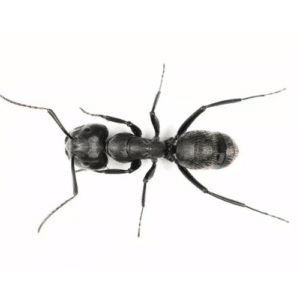
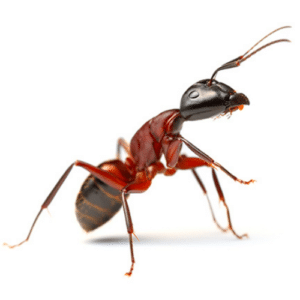
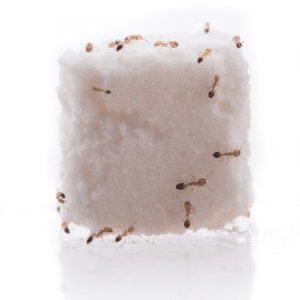
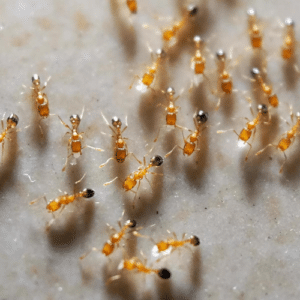
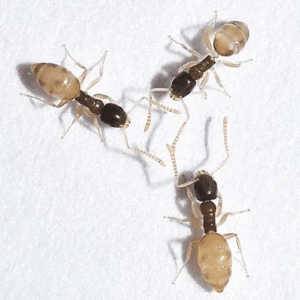
No Comments